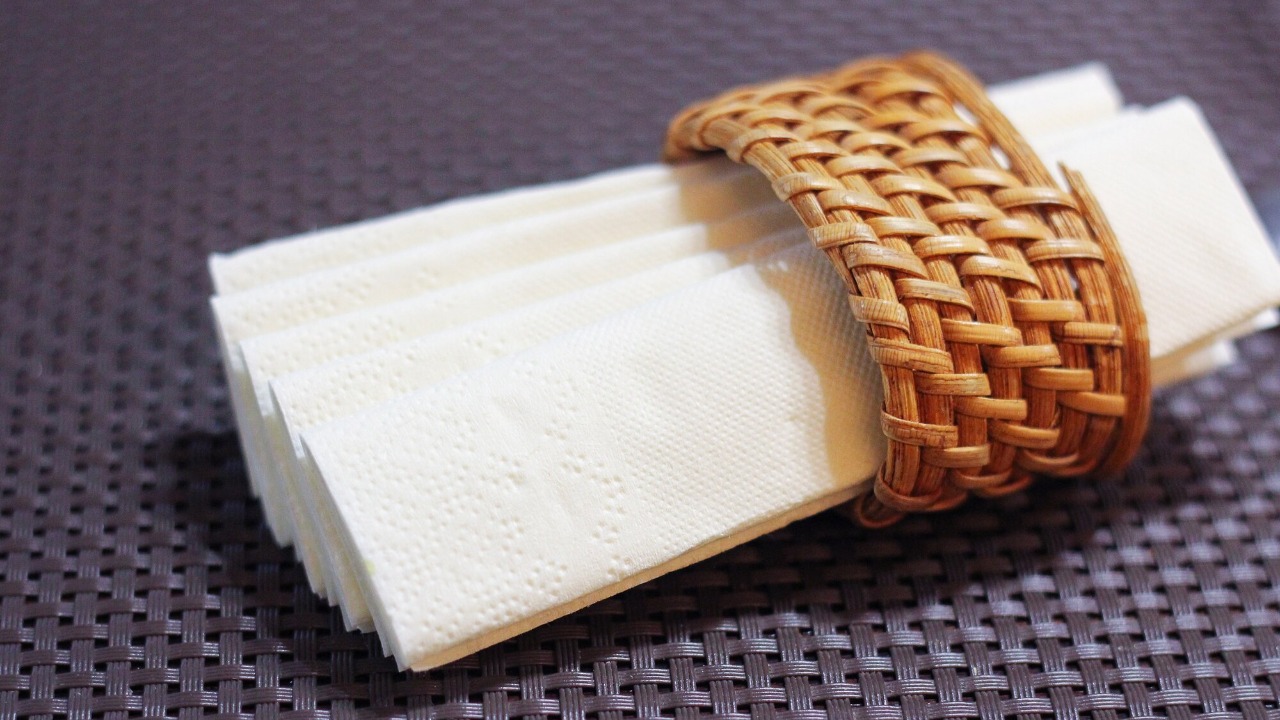
Recent investigations have cast doubt on the eco-friendly claims of bamboo tissue paper, revealing hidden impacts in its production process. These findings have prompted consumers to question the sustainability of popular green alternatives in personal care products. Practical tests and further scrutiny have been conducted to compare bamboo and recycled toilet papers, examining their safety and environmental claims.
The Marketing Myth of Bamboo as a Sustainable Choice
Many brands have been promoting bamboo tissue paper as a renewable alternative to tree-based products. They emphasize the fast growth rate of bamboo, but often overlook the processing details that undermine these claims. As Technology Networks analyses have shown, the reality of bamboo tissue production may not align with the marketing narrative.
Consumer perceptions are often shaped by eco-labels. However, some packaging can be misleading, equating bamboo’s natural abundance with a low environmental footprint without addressing the full lifecycle costs. Industry tactics such as vague “sustainable sourcing” language have been exposed, revealing gaps between marketing and reality.
Hidden Environmental Costs in Bamboo Harvesting
The harvesting of bamboo is resource-intensive, involving significant water usage and soil depletion in major production regions. As ScienceDaily reports have shown, these environmental costs are often overlooked in the promotion of bamboo tissue paper.
There are also deforestation risks associated with monoculture bamboo plantations replacing diverse ecosystems. This can lead to biodiversity loss and long-term land degradation. Furthermore, the global supply chains for bamboo tissue increase carbon emissions compared to localized alternatives.
Energy and Chemical Demands in Bamboo Processing
The pulping process for bamboo tissue requires heavy chemical treatments similar to wood pulp, leading to pollution concerns. As outlined in Technology Networks coverage, the energy consumption in converting raw bamboo to soft tissue paper is significant, and often compares unfavorably to less intensive recycled paper methods.
There are also wastewater issues associated with the bleaching and dyeing of bamboo tissue. Effluent discharge from these processes can affect local water sources in production areas, adding to the environmental impact of bamboo tissue paper.
Safety and Health Questions Surrounding Bamboo Toilet Paper
There are potential contaminants in bamboo-derived products, such as residues from pesticides used in cultivation. As HuffPost has highlighted, these safety concerns are an important factor in the evaluation of bamboo toilet paper.
Hygiene factors between bamboo and recycled options also differ, including the breakdown during use and risks of irritation from unprocessed fibers. Regulatory gaps in labeling for allergens or toxins have been exposed, raising questions about the safety of bamboo toilet paper.
Comparing Bamboo to Recycled and Other Alternatives
Lifecycle assessments have shown that recycled toilet paper has a lower impact compared to bamboo. Data from CNN reviews have provided a hands-on comparison of these options. Other tree-free options like hemp or sugarcane have also been evaluated, with metrics on water savings and emissions reductions highlighting their potential advantages.
There are also non-tissue alternatives for gifting or wrapping, such as reusable fabrics. As suggested by Chatelaine, these options can broaden sustainable choices beyond bathroom products.
Consumer Tips for Truly Eco-Friendly Tissue Selection
For consumers seeking truly eco-friendly tissue products, checking certifications like FSC or Rainforest Alliance can help verify sustainable bamboo sourcing. As HuffPost has advised, prioritizing post-consumer recycled content over bamboo can minimize environmental harm.
Lifestyle shifts, such as reducing overall paper use through bidets or cloth alternatives, can also maximize impact without relying on marketed “green” tissues. By being informed and making conscious choices, consumers can play a part in promoting truly sustainable practices in the tissue paper industry.
More from MorningOverview